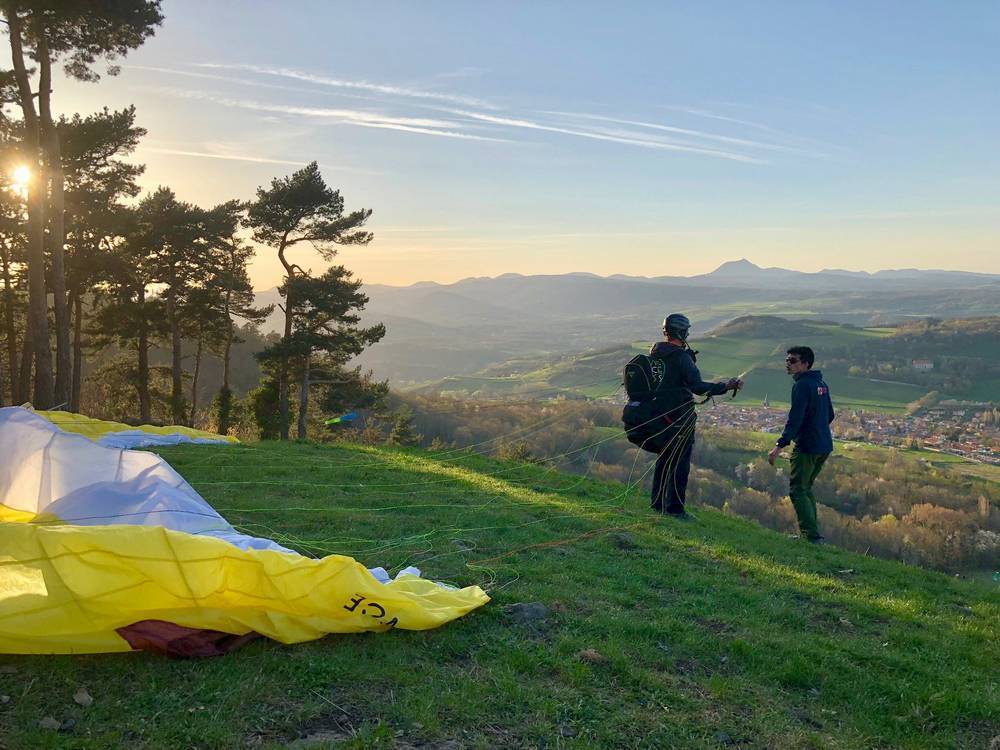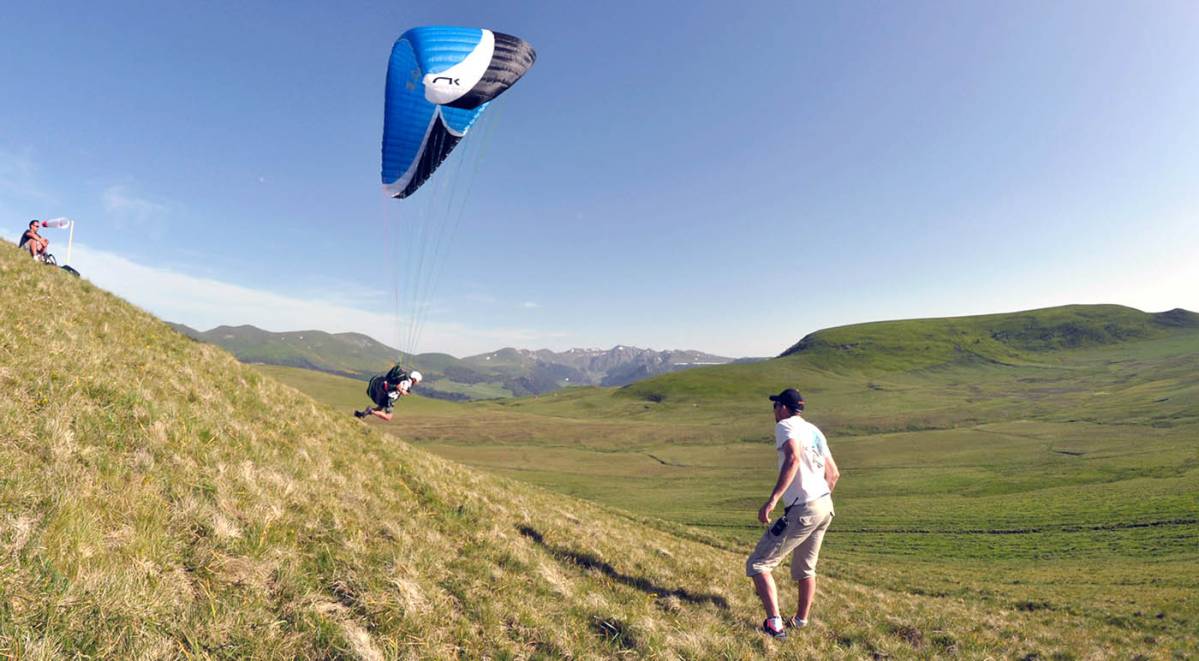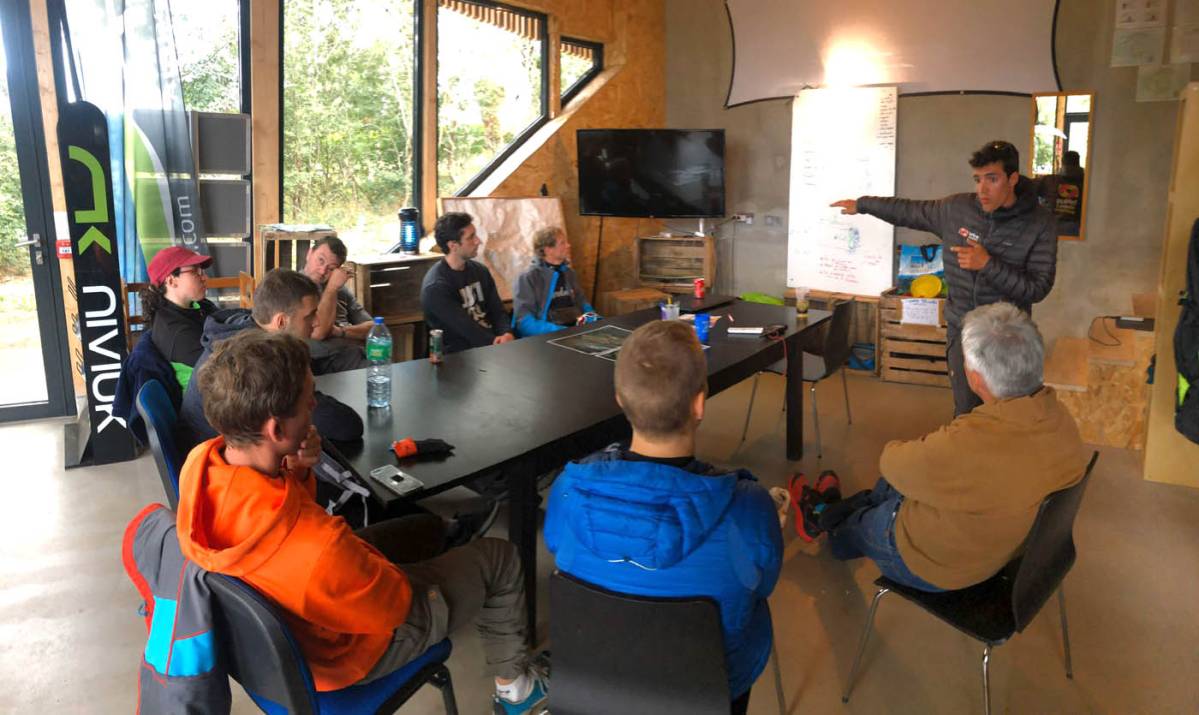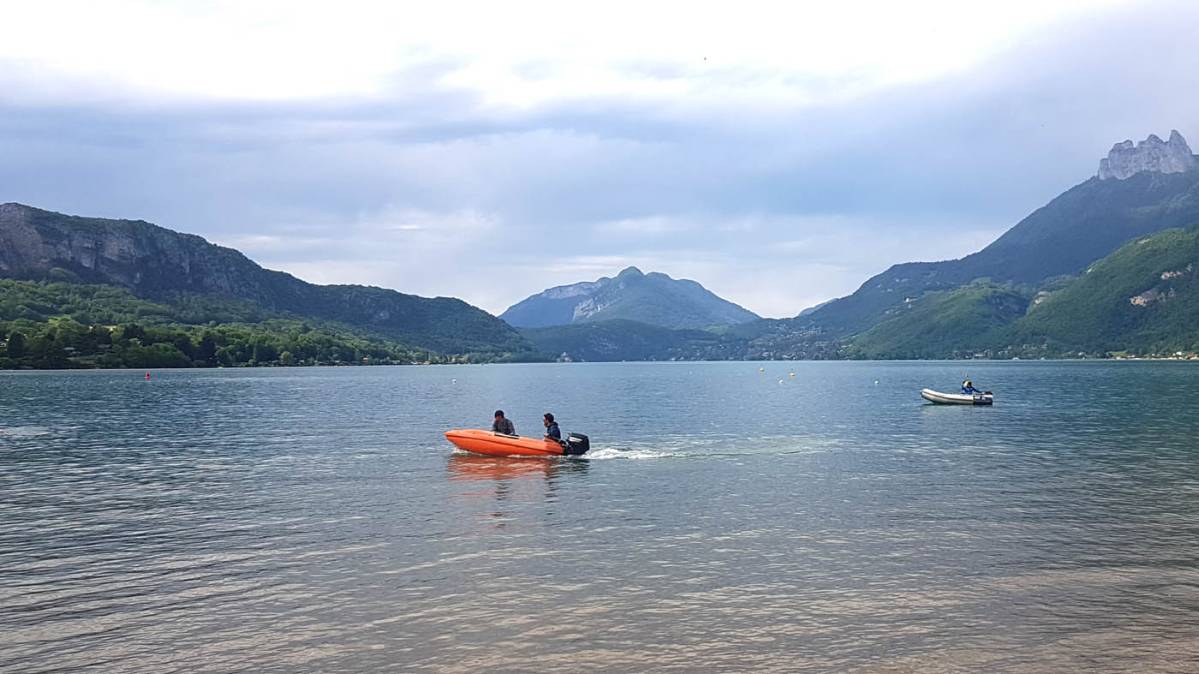
Are you passionate about paragliding and thinking about making it your profession so that you can pass on your passion either as an instructor teaching in a paragliding school during a course or so that you can help people discover this sport during a tandem flight? Then here's how to become a paragliding instructor:
Since 2018, the BP JEPS paragliding qualification has been definitively replaced by the DEJEPS Vol Libre (Diplôme d'Etat de la Jeunesse, de l'Éducation Populaire et du Sport) and the DESJEPS Vol Libre (Diplôme d'Etat supérieur de la Jeunesse, de l'Éducation Populaire et du Sport).
The DEJEPS Vol Libre is available in two options: A and B
Here is a list of all the documents you need to provide, together with the necessary information:
Once all these administrative documents have been supplied, you can move on to the next stage: the TEP!

If the number of applicants is too high in relation to the number of places available at the school, which is usually the case, a 3rd selection stage is held to decide between the applicants.

This additional selection test is based on the following 3 points:
At the end of this selection process, candidates will know whether or not they have been accepted and which training centre they will be able to join.
If you're lucky enough to be one of the lucky ones, you're in for two years of training, divided up as follows:
Certifying tests are held to validate the various stages of the DEJEPS free flight training course. If you fail one of these tests, you can take a make-up test.
The tuition fees for the DEJEPS in hang-gliding are around €13,000 for the entire course. You can find out about all the assistance available on the National Ski and Mountaineering School website.
To become a paragliding tandem pilot as your main activity, once you've completed your DEJEPS in hang-gliding, you'll often need to get in touch with the local pilots' unions to find a place in one of the schools in operation, especially in the most popular spots and therefore the most attractive financially.
In order to supervise paragliding in an adapted environment (SIV/EMA), DEJEPS paragliding instructors will have to pass a new professional qualification known as the "SIV/EMA complementary certificate".


